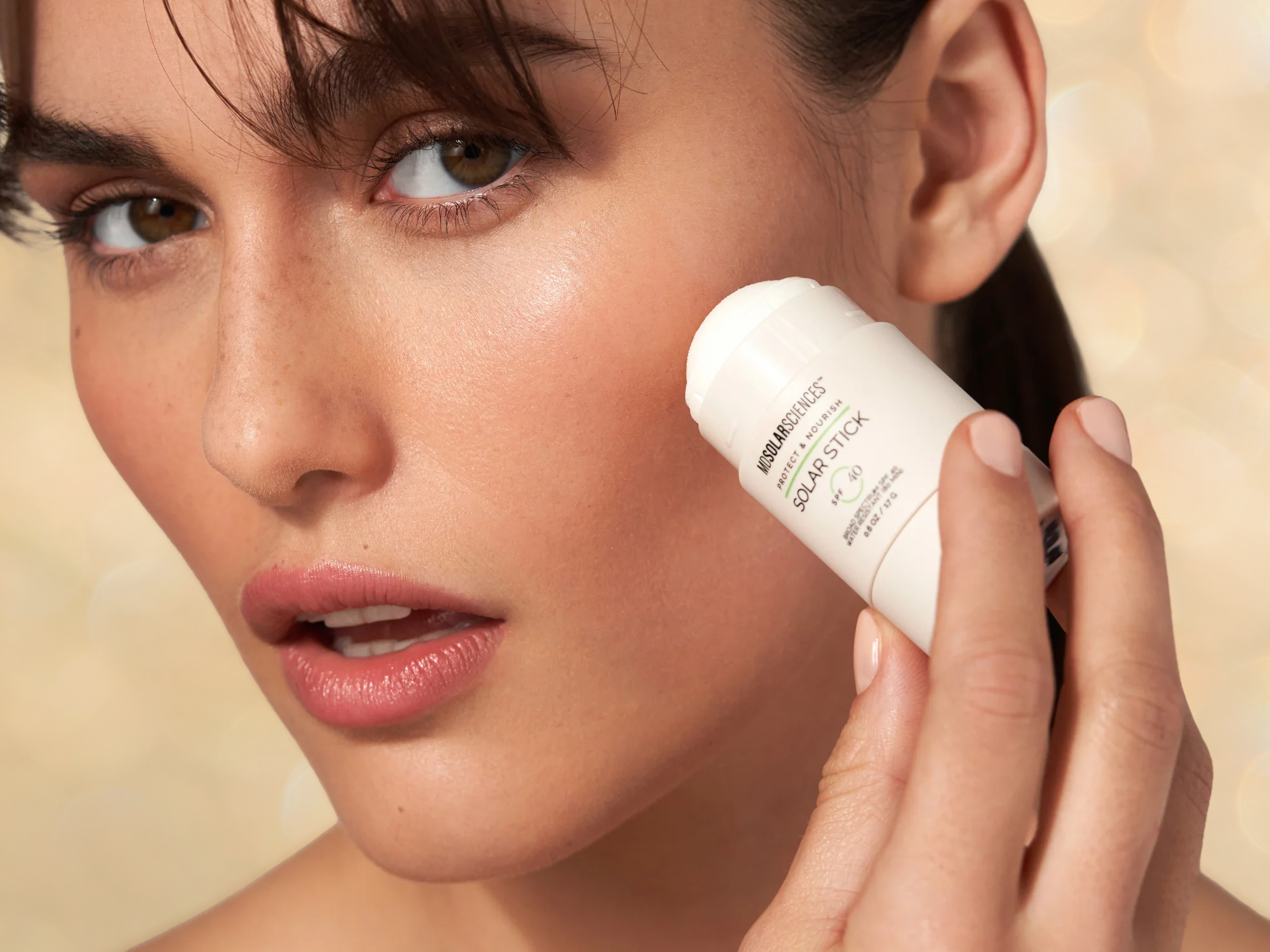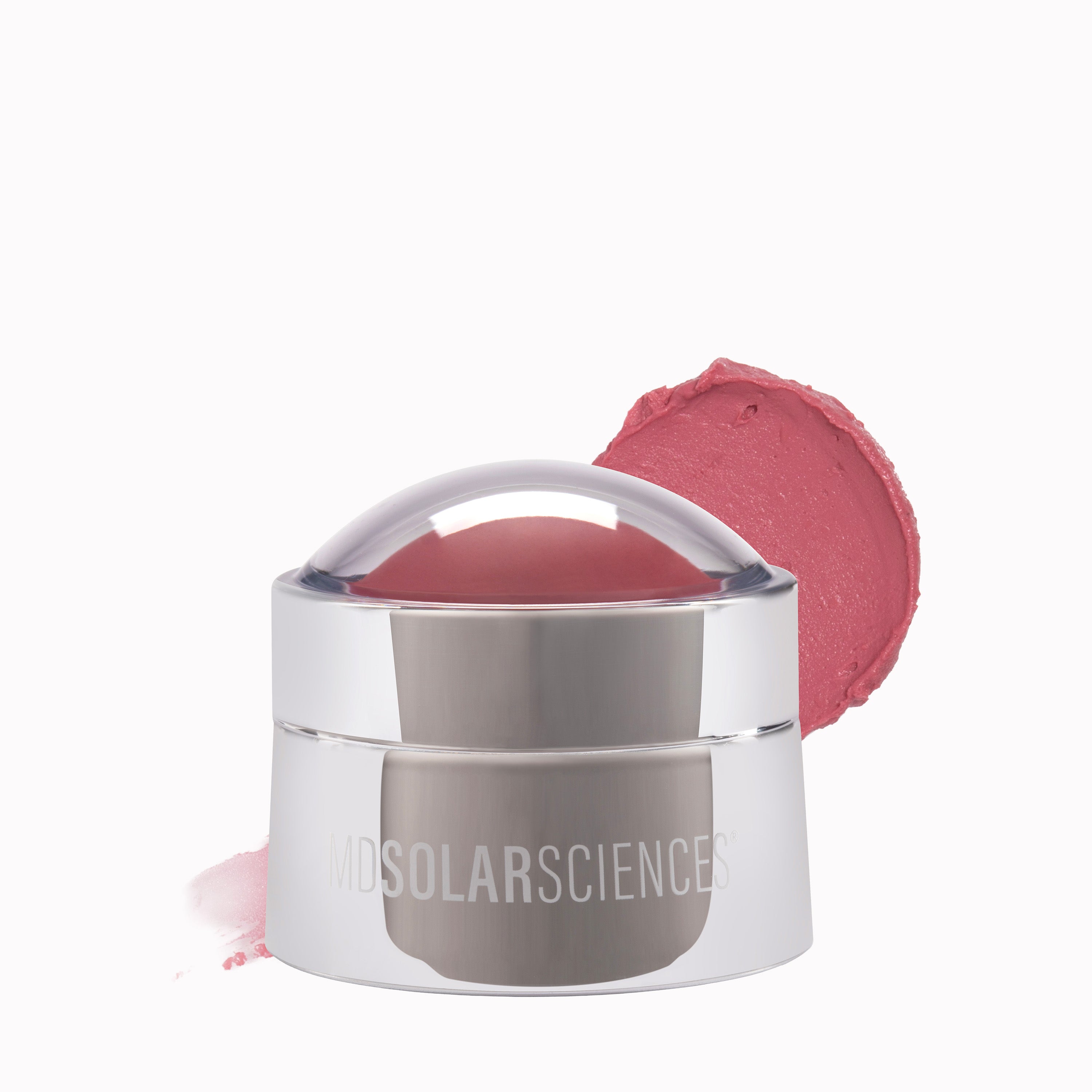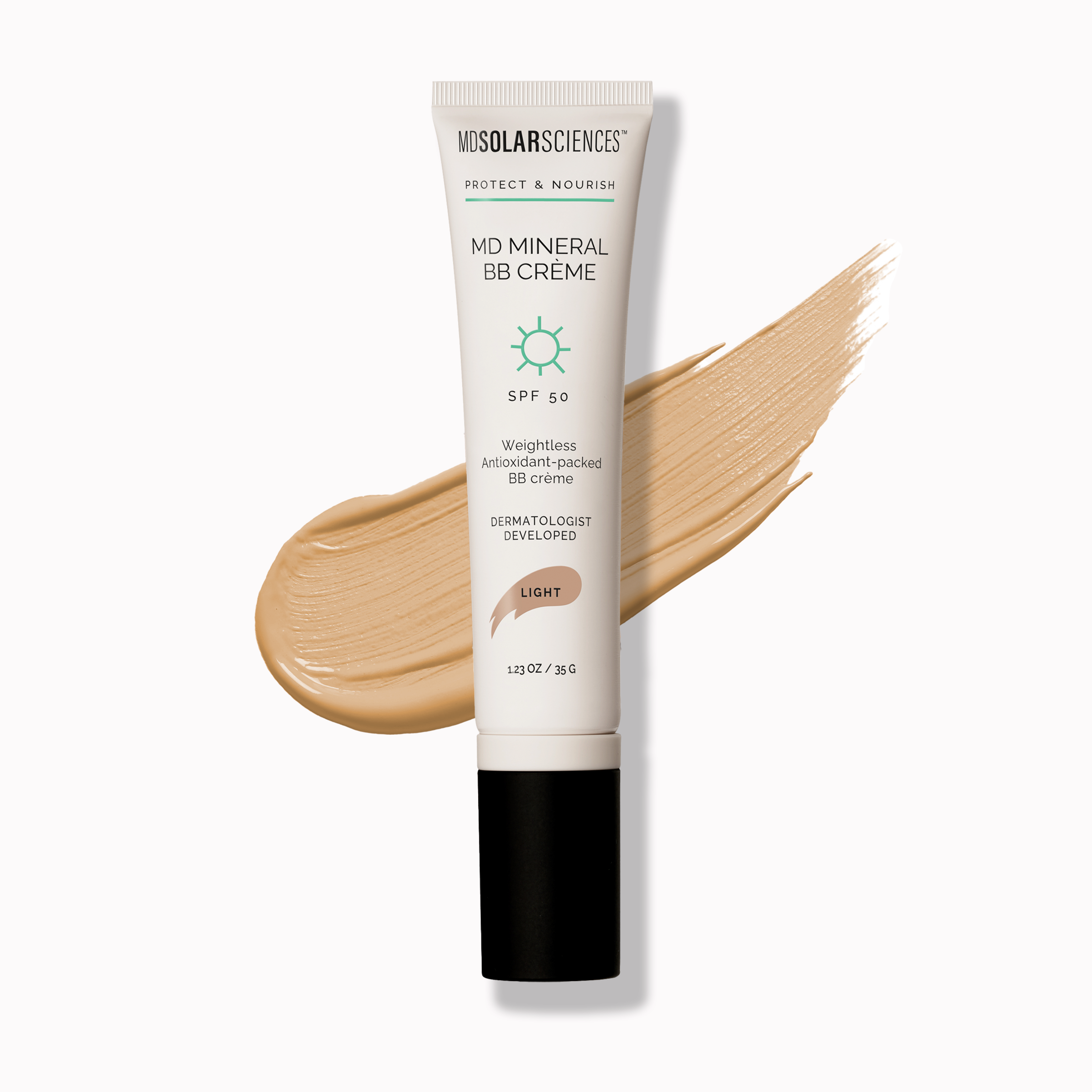When you think of sun damage, wrinkles are probably the first thing that pops into your mind. Fine lines, crow’s feet, maybe a little crepey texture around the eyes. Sigh. We all worry about wrinkles, right? But here’s the truth: the sun is sneakier than that. It doesn’t just age your skin on the surface, it affects what's happening deep below, impacting everything from your collagen level to your immune system. Wrinkles are just the beginning of the story—UV exposure changes your skin in multiple ways. Read on to see why wearing SPF is as non-negotiable as brushing your teeth when it comes to keeping your skin healthy and younger looking.
Beyond the Lines:
We’ve all heard of UVA and UVB rays, but what do they really do to your skin? Let’s break it down:
· UVB = Burning Rays. AKA shorter wavelengths that scorch the surface of your skin and cause sunburns. Think: lobster-red shoulders.
· UVA = Aging Rays. These rays dive deeper into the skin, breaking down collagen and elastin. You don’t necessarily feel them the way you do a burn, but they’re doing just as much damage, cause sagging and spots.
Stay Away from UVAs.
These sneaky rays make up about 95% of the UV radiation that reaches Earth, and can penetrate through clouds and glass. Translation: you’re still getting hit on rainy days, even when driving in your car. So, be sure to wear sunscreen while out and about or sitting inside by a window.
Collagen’s Worst Enemy
Collagen is basically your skin’s building block, it works to keep everything plump, firm, and lifted. But, add UVA rays to the mix and collagen starts to break down faster than your body can replace it.
The result? Sagging skin, loss of bounce, and that “tired” look you can’t fix with a latte. Once collagen is gone, it’s almost impossible to rebuild. The solution? Prevent the breakdown in the first place with daily sunscreen before it’s too late.
Spot The Damage You Can See
Sun spots, you know, those little brown patches (a.k.a. hyperpigmentation, melasma, or age spots) aren’t just “cute sun freckles.” They’re actually your skin’s SOS signal, telling you that UV damage has flipped your melanin switch into overdrive.
Yup, sun spots can be lightened with treatments, lasers or peels. The catch? Without consistent SPF, new spots can appear faster than you can say “sunscreen,” and repeated sun exposure makes them tougher to fade. Dealing with post-acne marks or melasma? Daily sunscreen isn’t just recommended—it’s imperative.
The Rough Reality
UV damage doesn’t just stop at spots and wrinkles, it can even change the texture of your skin. Think: leathery patches, enlarged pores, uneven tone, and a roughness that no exfoliating scrub can smooth away. Derms call this photoaging, and it’s basically your skin saying, “STOP.” Be proactive and protect it from UVA and UVB rays… prevention is the best course of action.
DNA Damage
Here’s where things get real: UV rays can damage the DNA in your skin cells and worse, over time, those mutations can lead to precancers and skin cancers like basal cell carcinoma, squamous cell carcinoma, and melanoma.
Scary Stat: Skin cancer is the most common cancer in the U.S., but ironically one of the most preventable. Be sure to use broad-spectrum sunscreen as your first line of defense. After all, healthy skin is beautiful skin.
Immune System Interference
Here’s something you may not know: too much sun can actually suppress your skin’s immune system. Yep, true fact. UV exposure weakens your skin’s natural defense against infections, viruses (like cold sores), and even its ability to repair damaged cells. Basically, sun damage doesn’t just make you look older, it makes your skin less resilient.
The Forgotten Zones
Be sure to apply sunscreen to these don’t miss bits. Some areas of your face and body are more susceptible to sun damage and they just happen to be spots we sometimes forget:
· Eyes: UVA rays can contribute to cataracts and macular degeneration, not just crow’s feet that we all worry about the most.
· Lips: Thin skin, zero oil glands, constant exposure = high risk for actinic cheilitis (precancerous changes).
· Hands: Often the first area people notice sun spots and crepey texture. Your hands don’t lie
Moral of the story? SPF shouldn’t stop at your jawline.







